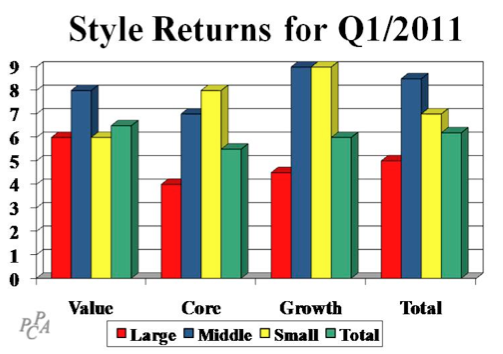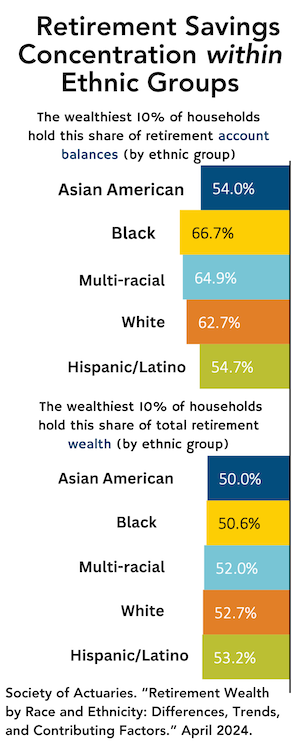The following excerpt from “Guaranteed to Fail” is reprinted with permission from Princeton University Press and from the authors, Viral Acharya, Matthew Richardson, Stijn van Nieuwerburgh and Lawrence J. White, all of the New York University Stern School of Business.
In a November 3, 2009, report “An Overview of Federal Support for Housing”, the Congressional Budget Office (CBO) estimated that the federal government provided approximately $300 billion in subsidies to housing and mortgage markets in 2009.
As a comparison, the much maligned farm subsidies and support for energy initiatives each receive approximately $20 billion per year. The degree of support for home ownership is staggering.
In the U.S., home ownership in particular is stimulated by four main government policies: the home-mortgage interest rate and property tax deductibility, the tax exemption of rental income enjoyed implicitly from homeownership, the exemption from income tax of capital gains on the sale of owner-occupied houses, and the lower interest rates that are enjoyed thanks to government support of the GSEs. In addition, there is a myriad of other programs.
“Too much is never enough” is a reasonable summary of this array of housing policies.
As the CBO report outlined, these programs are expensive: The current home mortgage interest rate deductibility, for example, will cost $105 billion in lost federal tax revenue in fiscal year 2011. Property tax exemption, exclusion of rental income, and exclusion of capital gains taxes upon sale of the house will cost an additional $92 billion in 2011.
These programs come at a cost that is overlooked in the public debate: They make housing relatively cheaper and other goods relatively more expensive. This, in turn, leads to more consumption of housing, more investment in housing and construction, but less business investment and less consumption of non-housing goods and services.
The consensus among economists is that investment in residential real estate is substantially less productive (at the margin) than is capital investment by businesses outside the real estate sector (e.g., plant, equipment, inventories), investment in social infrastructure capital (e.g., highways, bridges, airports, water and sewage systems), or human capital (e.g., more and better education and training).
In other words, every additional dollar that is spent on residential construction instead of on business or other investment reduces economic growth. Careful research has found that all of the incentives for more house has led to a housing stock that is 30% (!) larger than would be the case if all of the incentives were absent, and that U.S. GDP is 10% smaller than it could be. The U.S. simply has too much house!
Many politicians on the left and on the right equate reducing these housing subsidies to political suicide. After all, many believe that these policies are at the heart of the social contract with America and that they are therefore untouchable. Conventional wisdom has it that home ownership confers such benefits as good citizens, stable neighborhoods, strong communities, and – of course — personal wealth accumulation.
This “conventional wisdom” has met not only with a massive destruction of home equity in recent years, but also with mixed reviews in academic research. Nevertheless, housing subsidies have been and still are the policy tool of choice for combating income inequality, which has been on the rise in the United States since the 1970s.
However, research has shown that these policies predominantly benefit middle- to upper-income groups rather than the low-income group. One recent research paper specifically on the GSE subsidy by Jeske, Krueger, and Mitman (2010) finds that their effect is a loss in overall welfare and an increase in inequality.
Their model indicates that low-income households would be willing to pay 0.3% of lifetime consumption to live in a world without the GSE subsidy. The wealthy, instead, benefit from the subsidy.
In earlier research, academics have reached a similar conclusion regarding the home mortgage interest deduction. It too is regressive, benefiting high-income, high-asset households the most.
Upper-income households are more likely to itemize on their income tax returns and to have higher marginal tax rates (which is what makes the mortgage interest and property tax deductions more valuable), and they are more likely to buy higher priced houses (which would involve larger mortgages and hence more benefits).
Gervais (2001) calculates that abolishing the deduction would benefit the bottom 20% nearly 6 times more than the top 20% of the income distribution. Abolishing the tax advantage from owning would benefit everyone somewhat (in the long-run) because it would lead to a larger business capital stock (and possibly more social infrastructure and more human capital) and a smaller housing capital stock, which would positively affect economic growth.
More recent work by Poterba and Sinai (2008) estimates that the benefits from the home mortgage interest deduction for the average home-owning household that earns between $40,000 and $75,000 are one-tenth of the benefits that accrue to the average home-owning household earning more than $250,000.
The current policies do not discriminate between first-time home purchasers and households simply wanting to buy larger houses or (for the GSE subsidies) even second homes. Rather, the policies promote larger home purchases. Census data show that the square footage of new houses grew by about 50% between the mid 1970s and the mid 2000s. Although some of this increase surely reflected growing household incomes, some of the increase also surely reflected the growing value of the subsidy advantages for buying larger houses.
Finally, the deduction encourages people to borrow as much as possible. Encouraging household leverage does not strike us as the best possible policy. Thus, ironically, although one of the motives for encouraging home ownership was to provide households with a means of building wealth, the process of making borrowing cheap and easy encouraged these households to borrow excessively, and then to borrow again if interest rates declined and/or their house value increased.
In the process, they reduce the amount of net equity that they might otherwise build in their home. The metaphor of the refinancing household’s using their home as an ATM to finance consumption was a strong one in the mid 2000s.
And, of course, the excessive leverage and the cashing out of equity meant that the declines in housing prices after mid 2006 caused more houses to be “underwater”, where the value of the house was less than the outstanding principal on the enlarged mortgages. And, in turn, this meant more instances where households defaulted on their mortgages.
There is no social purpose that is served by such “more house” investments – a fifth bedroom rather than four, a fourth bathroom rather than three, a half acre of land rather than a third of an acre – and no social purpose that is served by excessive leverage.
Clearly, the housing policy of the past is misguided, and there is an urgent need to think of more effective ways to halt the increase in income inequality.
It should be clear, however, what purpose is served by the household leverage that is provided in the form of off-budget guarantees through Fannie and Freddie. This is what so far allowed successive presidential administrations to encourage ever-larger short-term consumption and spending during their tenures.
It might seem odd that in a game between two political parties to get to the seat, both would agree on a strategy to promote housing finance at successively higher levels over time. The game, however, is not between the two parties, but between each current administration and the future ones (and ultimately current and future taxpayers).
No President would want to shut down or bring onto the federal budget Fannie and Freddie’s debt or guarantees – until they have to be honored. Doing so would seriously alter the shape of that administration’s fiscal budget and force them to make hard choices that would produce long-term gains that would accrue only to future administrations. Instead, as long as possible, it would be better to let households spend more on housing, passing on the problem of dealing with housing guarantees to the next government, and so on.
And while each presidential administration is working its way through its term, aided by Fannie and Freddie’s balance sheets and off-balance sheet guarantees, the competitive landscape of the financial sector is altered as they enter more mortgage markets, contributing to a downward spiral of lending standards, excess leverage, and an unsustainable bubble in housing prices and construction.
In many ways, this is the ultimate Ponzi scheme of all.
© 2011 Princeton University Press.






